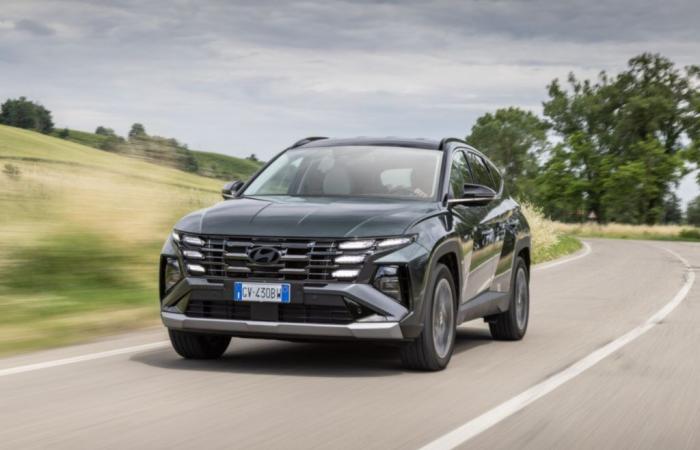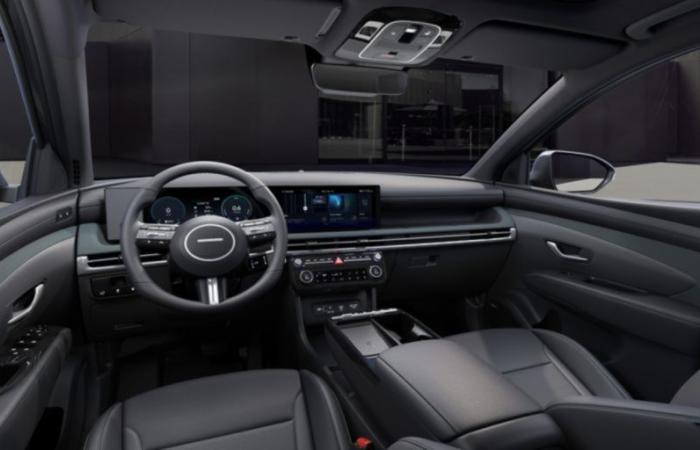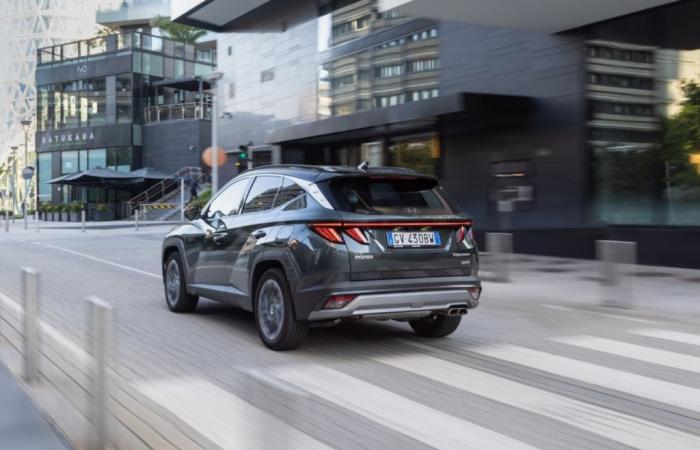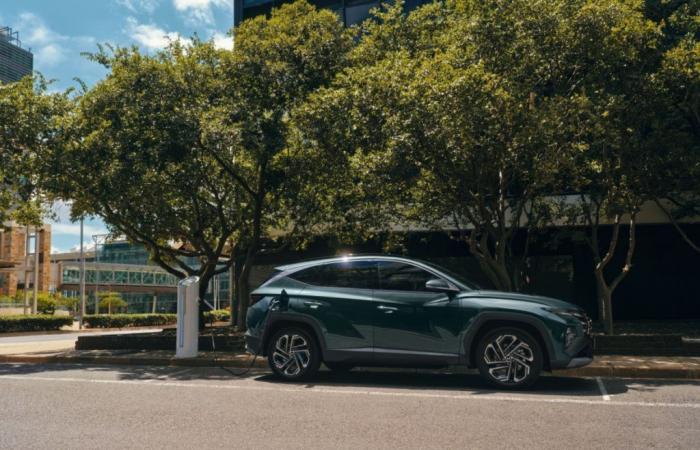The fourth generation of the Hyundai Tucson has undergone a refresh, with an updated exterior and interior design as well as new technology, connectivity and safety features.
Since its launch in 2004, the Tucson has gained recognition, prestige and customer trust, becoming the best-selling compact SUV in Europe with more than 1.4 million units sold on the continent and 7 million worldwide.
Now, the South Korean brand has decided to refresh the Tucson, which now features a sophisticated and innovative design based on Hyundai's Sensuous Sportiness design philosophy, highlighting redesigned bumpers, larger daytime running lights, Refreshed alloy and new color options.
However, it's on the interior where the most significant changes appear, including updates to the dashboard, steering wheel, seats and infotainment system, aimed at improving comfort and functionality for all the occupants.
Additionally, the facelifted Tucson is equipped with Hyundai's latest software and infotainment technology, with updated and improved graphics, the Connected Car Navigation Cockpit (ccNC), which now includes a new curved panoramic screen combining a dashboard 12.3” digital instrument panel and a 12.3” infotainment touchscreen in a single unit.
Hyundai has also equipped the facelifted Tucson with Over-the-Air updates, as well as features such as Connected Routing (real-time route planning), Hyundai Live Services, real-time connection with Bluelink application and access to On-Demand Features.
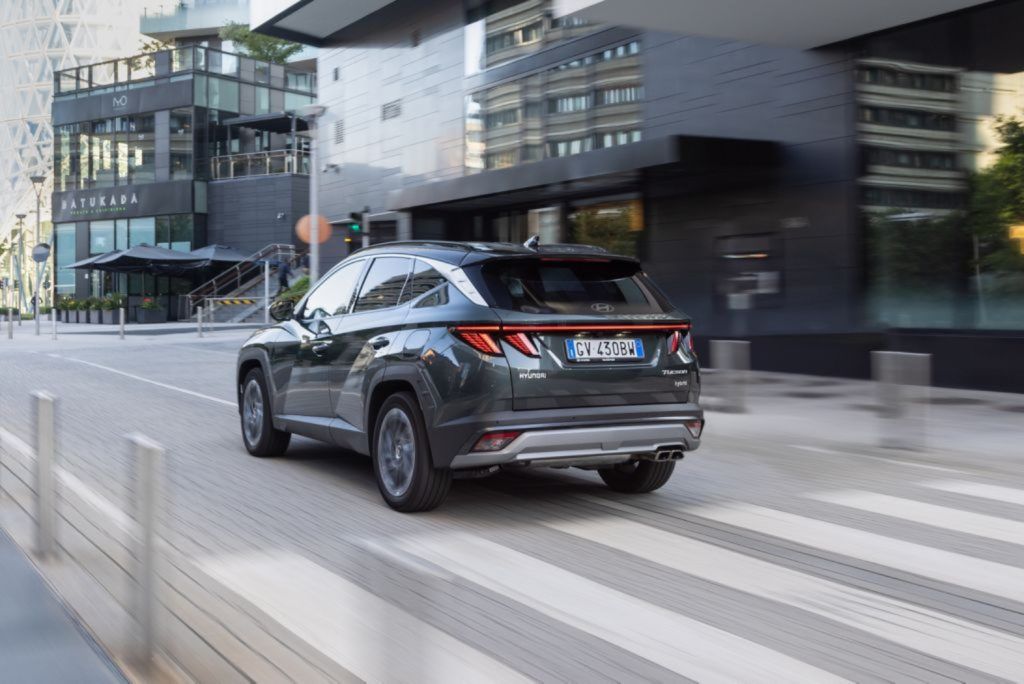
In terms of comfort and space, highlights include a three-zone climate control system and heated front seats. The rear seats can be folded in a 4:2:4 ratio with the push of a button or remotely for added convenience. The Tucson also has a trunk with a capacity of up to 620 liters.
With an extensive list of driver assistance and safety systems, notable features include Cross Wind Stability Control (CWC) which activates in windy conditions when driving at high speeds, applying partial braking and Steering torque control to improve driving stability.

In terms of engine options, the updated Tucson offers a petrol variant equipped with a 1.6 T-GDI engine producing 158 hp (also available with a 48V mild hybrid), a 1.6 T-GDI HEV hybrid with 215 hp , and a 1.6 T-GDI plug-in hybrid with a combined output of 248 hp from a 72 kW electric motor and 13.8 kW battery. The Diesel version is powered by a 1.6 CRDi, which is expected to hit the market in the first quarter of 2025.
As for prices, the updated Tucson with Premium and Vanguard equipment levels for gasoline engines starts at €35,180. Meanwhile, 48V mild hybrid versions in the Vanguard trim level start at €45,500.
On the other hand, versions equipped with plug-in hybrid motors in the e-Vanguard equipment level start at €48,900.

